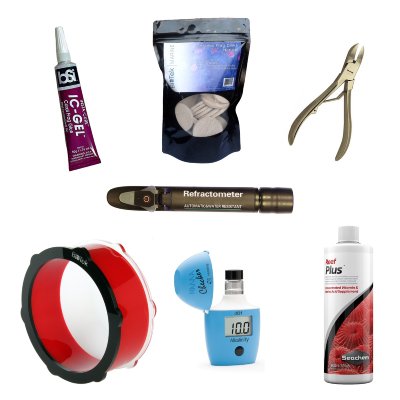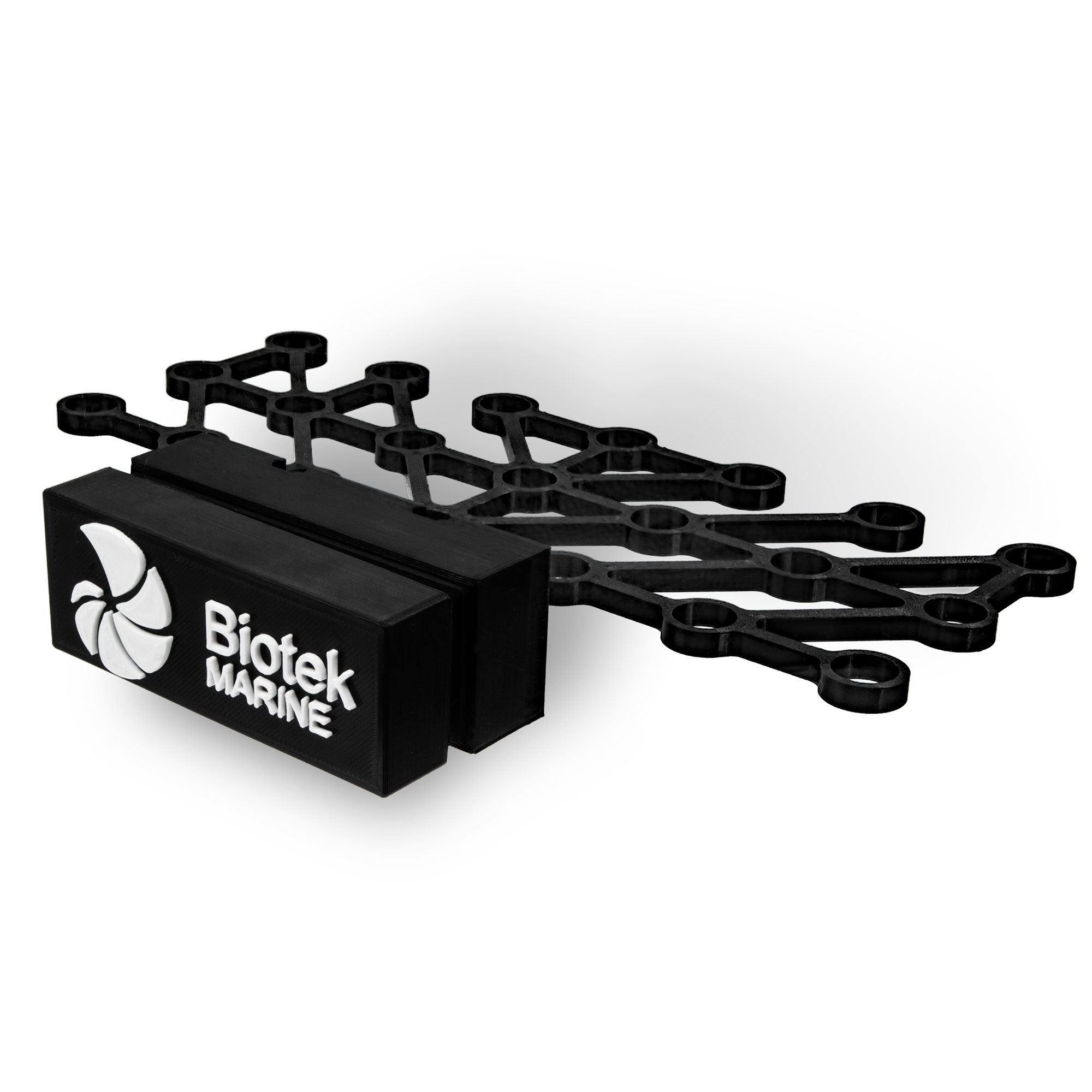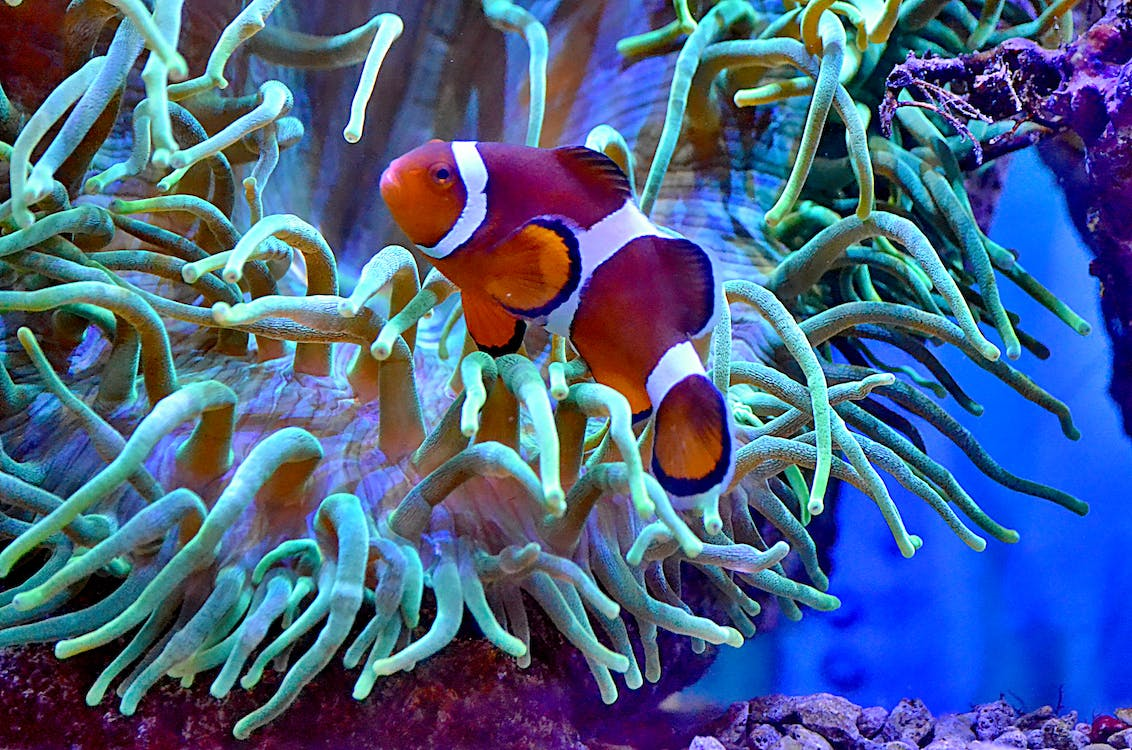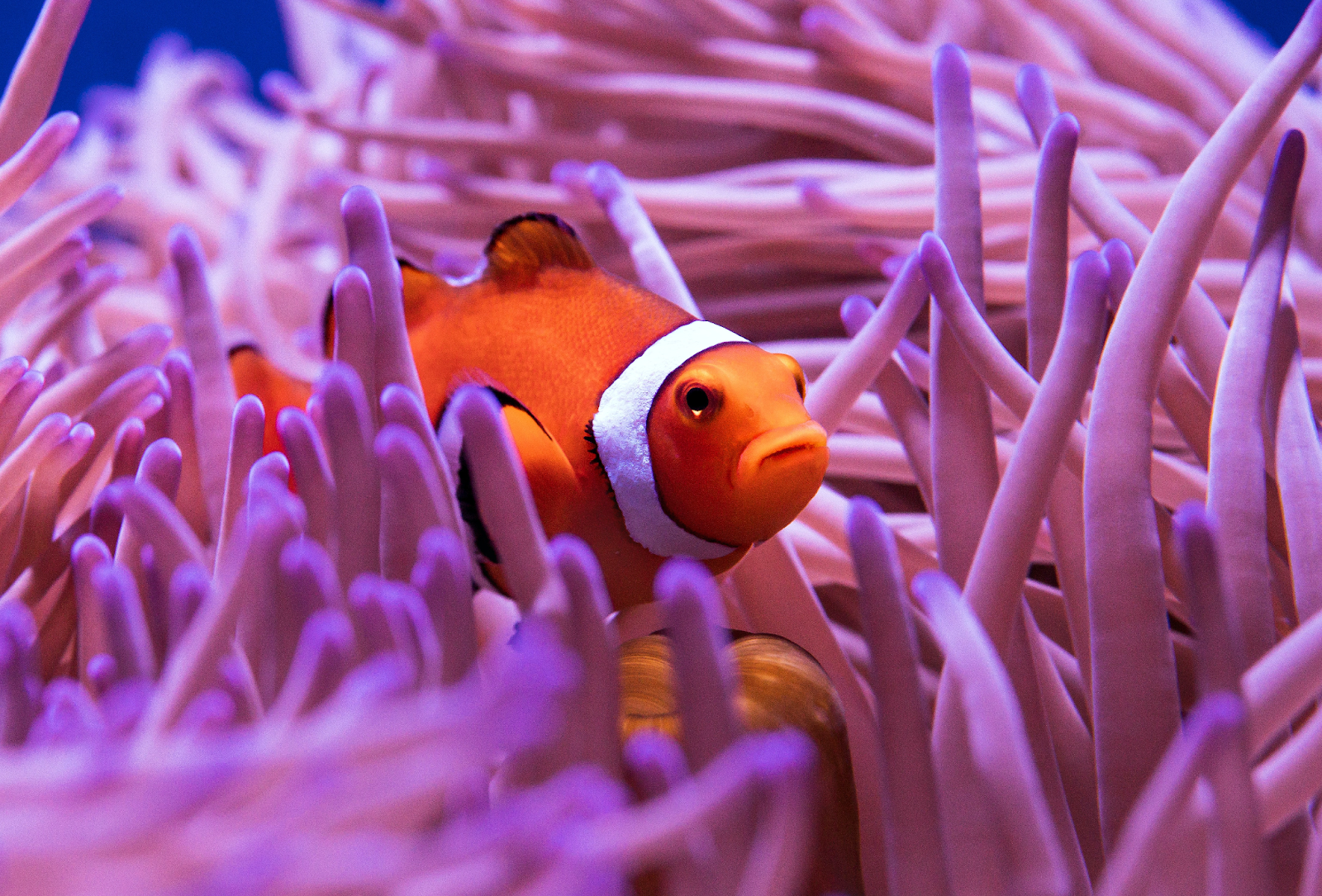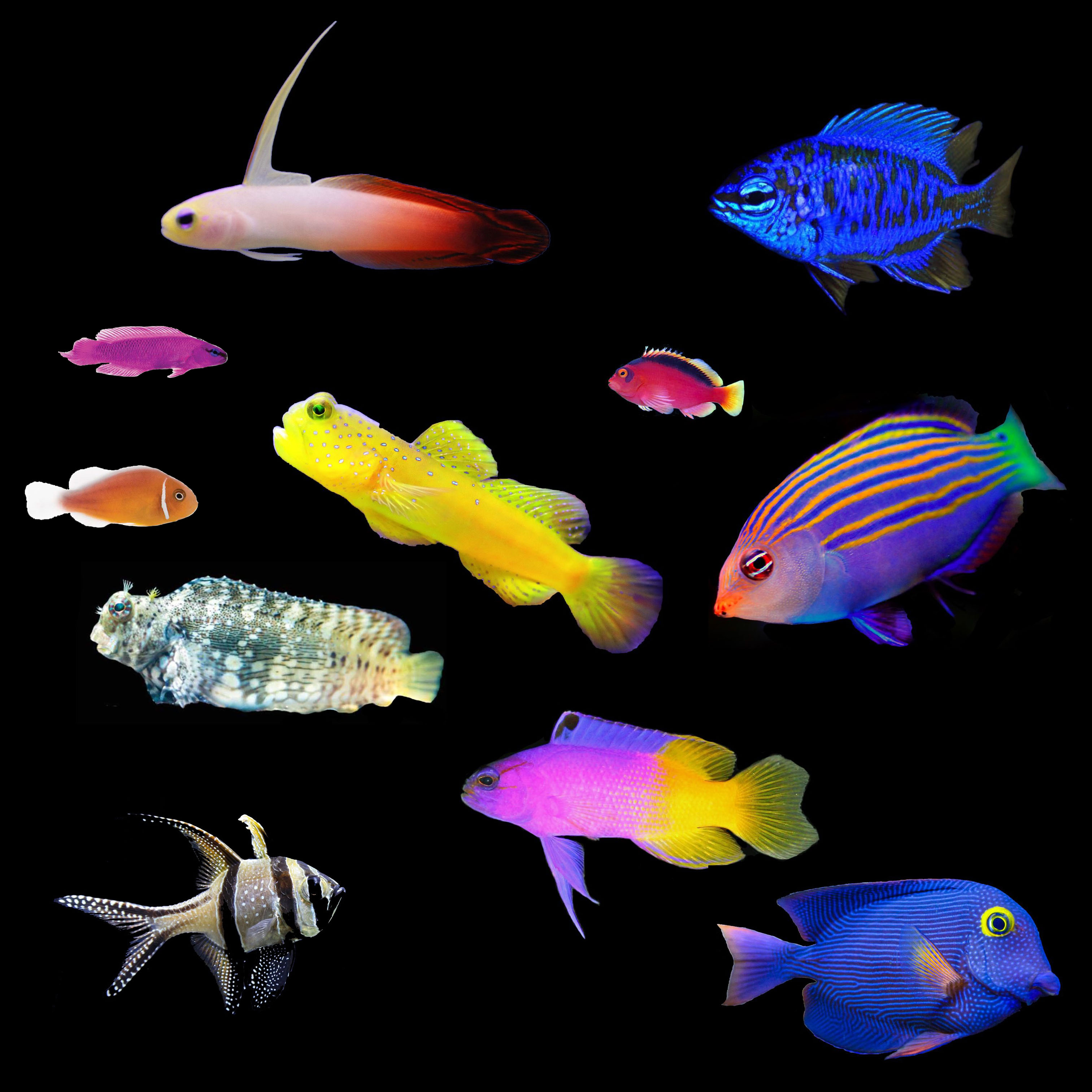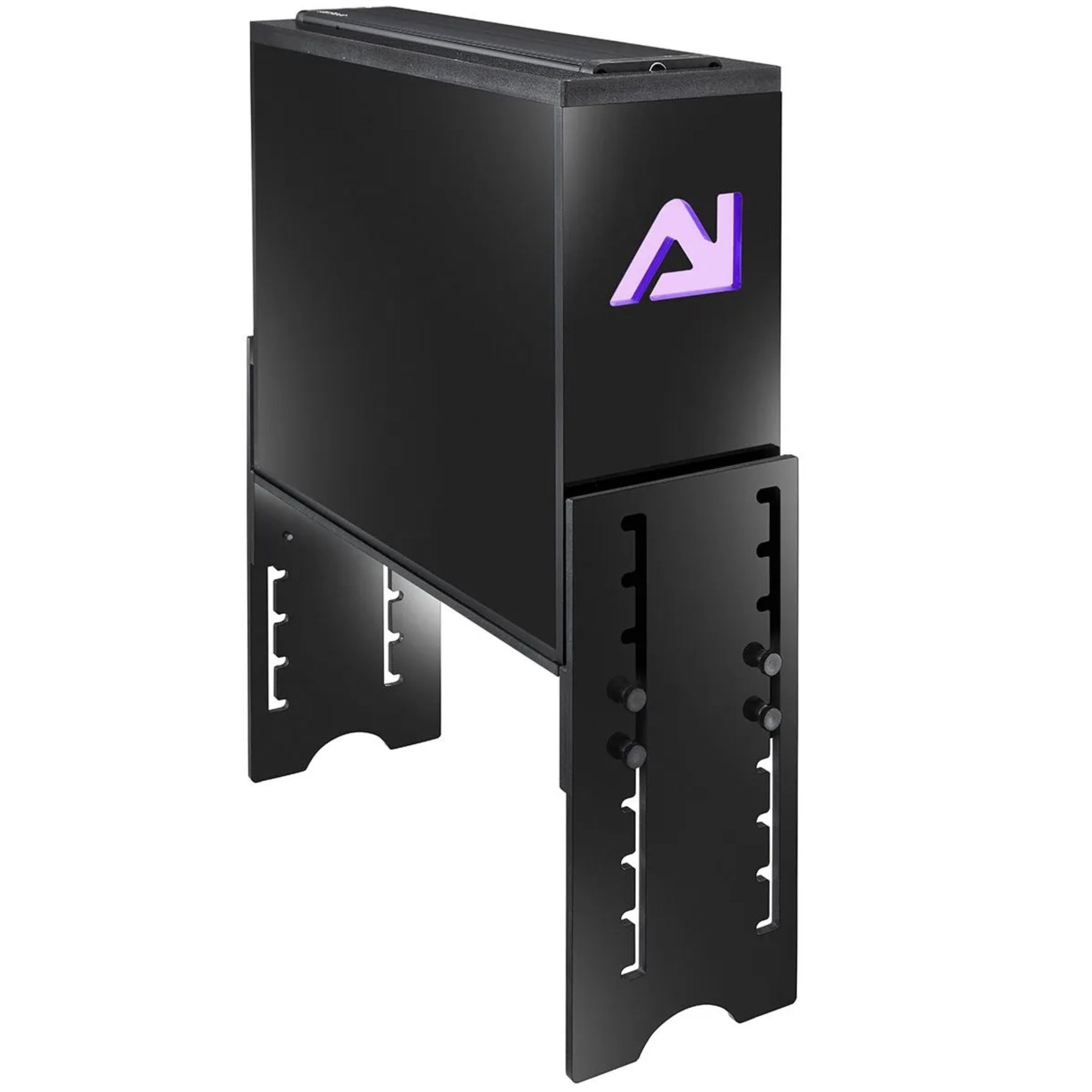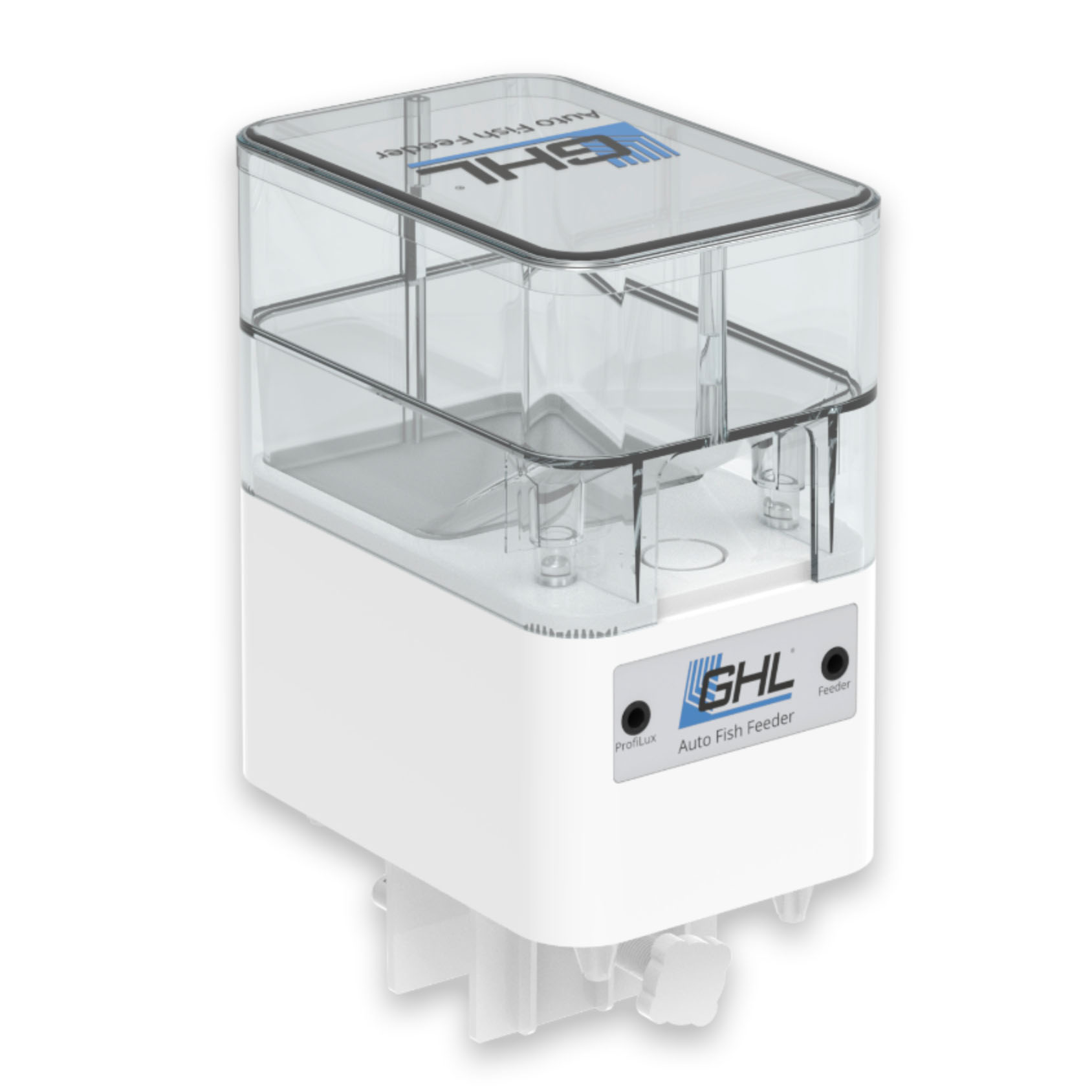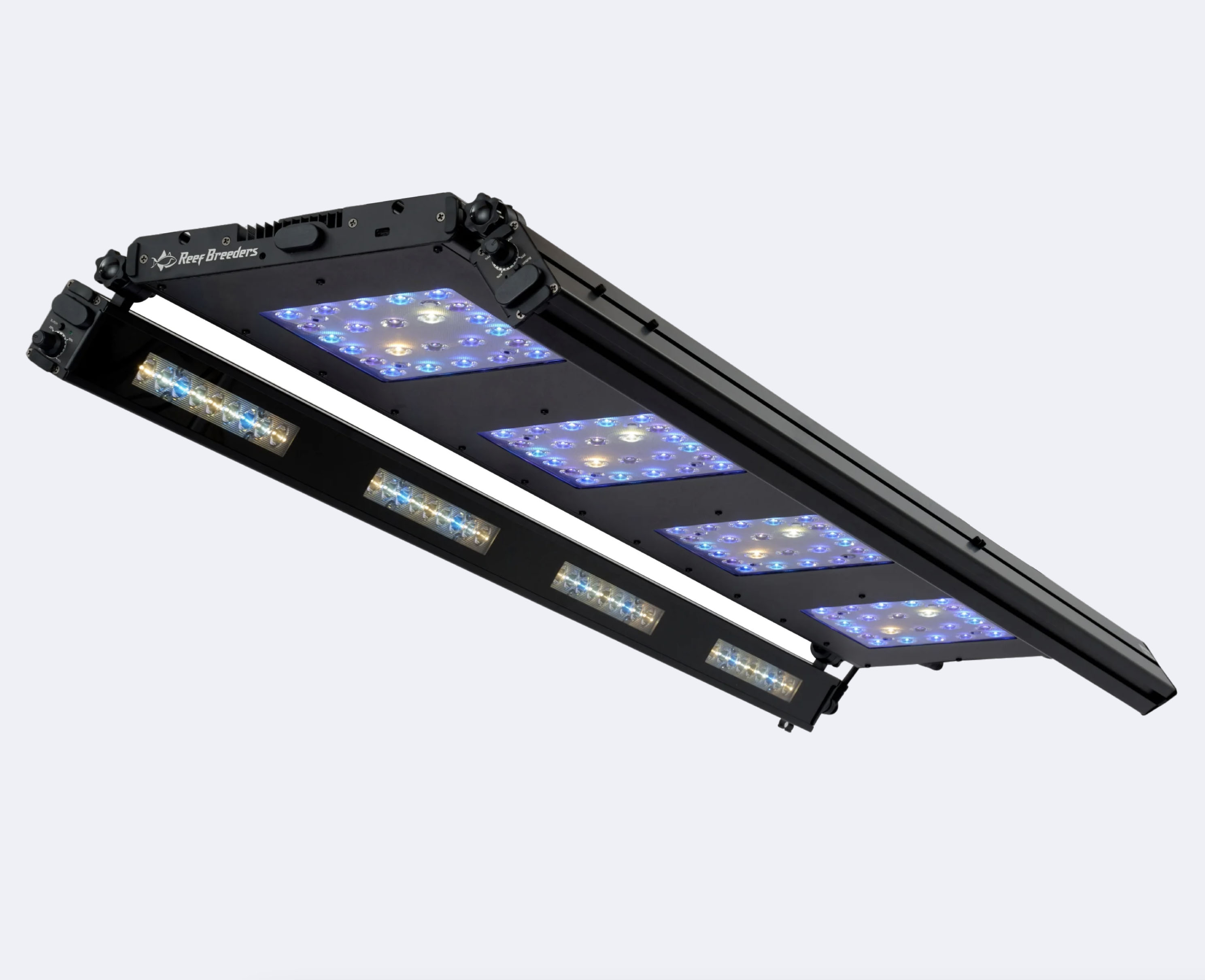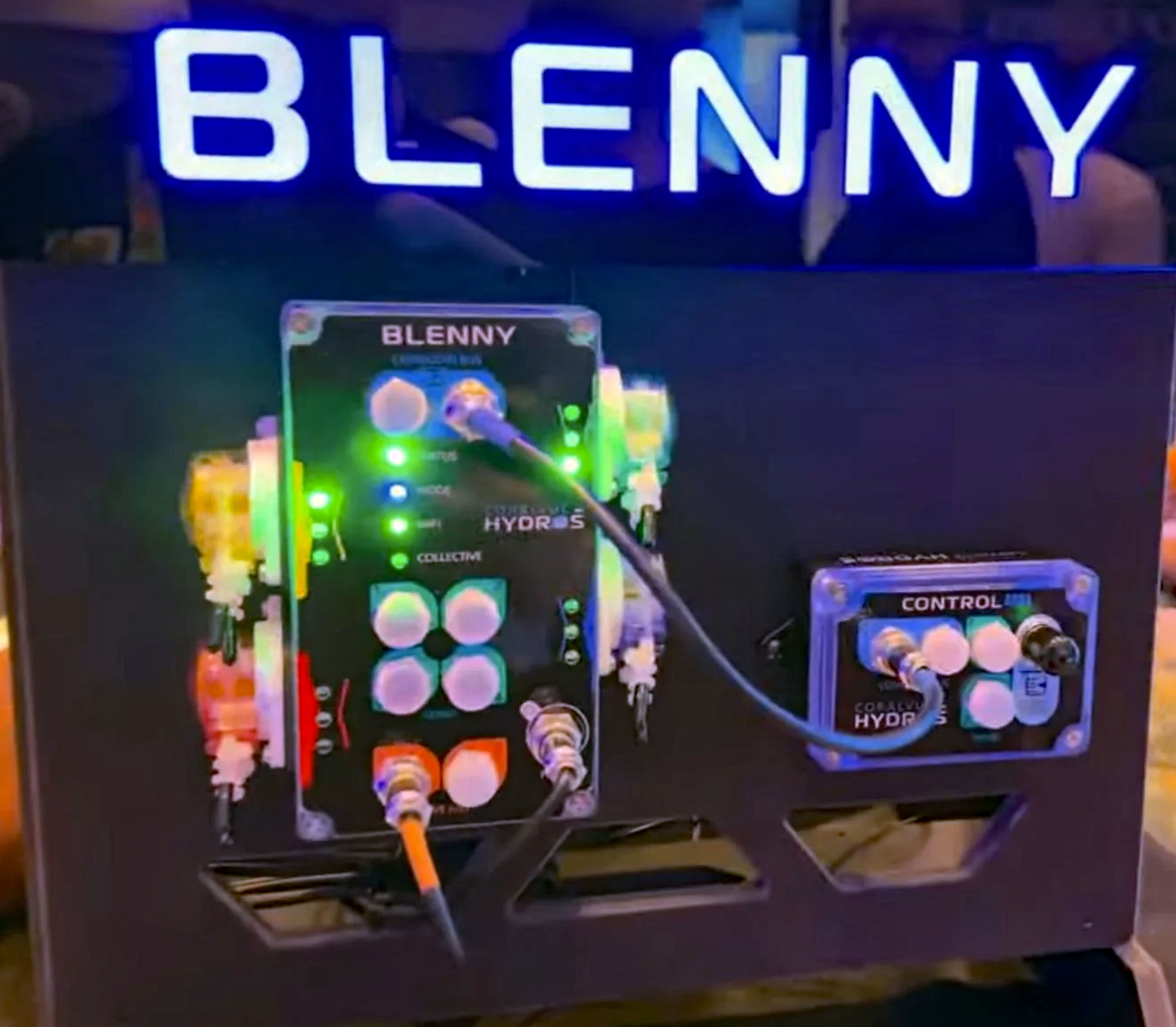We use cookies to make your experience better. To comply with the new e-Privacy directive, we need to ask for your consent to set the cookies. Learn more.
How to Change Aquarium Water: Saltwater & Freshwater
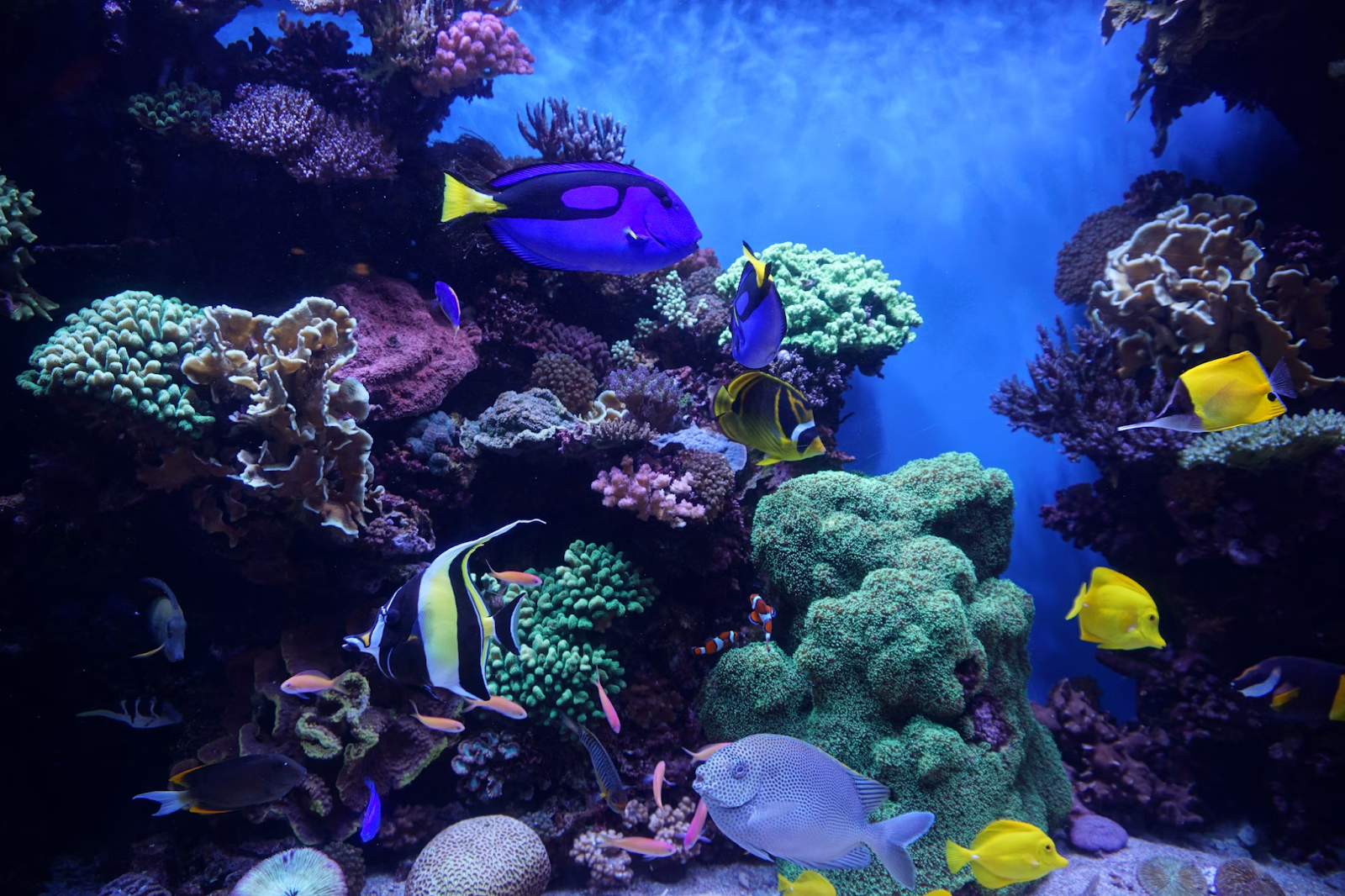
Maintaining a healthy aquarium environment is crucial for the well-being of your aquatic pets. One of the most fundamental aspects of aquarium care is changing the water regularly. Proper water changes help remove toxins, replenish essential nutrients, and ensure a stable environment for your fish and other aquatic inhabitants.
In this comprehensive guide, we will explore the step-by-step process of changing aquarium water for both saltwater and freshwater aquariums. We'll discuss the essential tools, frequency, and best practices to ensure a thriving aquatic ecosystem in your tank.
Why Change Aquarium Water?
Before delving into the specifics of how to change aquarium water, let's understand why it's so important.
-
Removal of Toxins: Over time, waste products like ammonia, nitrite, and nitrate can accumulate in the aquarium water. These compounds are harmful to fish and other aquatic life. Regular water changes help dilute and eliminate these toxins.
-
Replenishing Essential Minerals: In both saltwater and freshwater aquariums, the water's mineral content depletes over time. Changing the water introduces fresh minerals, ensuring a stable environment for your fish and plants.
-
Maintaining Stable Water Parameters: Water changes help stabilize water parameters such as pH, temperature, and salinity, ensuring a consistent and stress-free environment for your aquatic pets.
-
Reducing Algae Growth: Algae thrive in nutrient-rich water. By removing excess nutrients through water changes, you can control or eliminate problematic algae growth.
-
Improving Water Clarity: Dirty water can be unsightly and hinder the viewing pleasure of your aquarium. Frequent water changes result in clearer, more aesthetically pleasing water.
Benefits of Changing Fish Tank Water
Keeping your fish tank water clean is really important for the health of your fish and other living things inside it. Let's talk about why changing the water in your fish tank is good.
1. Improving Overall Water Quality
The primary benefit of changing aquarium water is the improvement of overall water quality. Removing a portion of the old water and replacing it with fresh, treated water helps reset the balance of essential parameters like pH, hardness (KH), nutrient levels, trace elements and trace minerals. Regular water changes ensure a more stable and healthier environment for your fish & plants and corals if you are running a saltwater aquarium.
2. Stimulating Fish Growth and Ensuring Well-Being
Clean, well-maintained water provides an ideal environment for fish growth and reproduction. Fish that inhabit a stable aquatic environment are less stressed, more active, and exhibit more vibrant colors. Proper water changes contribute to their overall well-being and vitality.
3. Reducing Harmful Pollutants and Toxins
In addition to ammonia, aquarium water can accumulate nitrites and nitrates, which are also harmful to fish if present in excessive quantities. Nitrites interfere with the ability of fish to transport oxygen, while nitrates can lead to reduced immunity and increased susceptibility to diseases. Regular water changes help reduce these harmful substances, keeping your aquarium inhabitants healthy.
Preparing for the Water Change
If you are new to water changes or maybe need a refresher on how to properly do an aquarium water change, there are essential steps to ensure the process goes smoothly and doesn't stress your fish.
Checking the Aquarium Water Temperature
Fish are sensitive to sudden changes in water temperature. It's crucial to match the temperature of the new water with that of the aquarium. Use a reliable thermometer or handheld meter such as the digital pocket pH meter & temperature tester from Hanna Instruments. to check the water temperature in the tank and adjust the tap water accordingly. Hanna Instruments makes a wide variety of digital water testing equipment and we use many of their products in our store and for our clients.
The Importance of Dechlorinating Tap Water (freshwater aquariums)
Tap water often contains chlorine, a chemical added by water treatment facilities to kill bacteria and pathogens. While chlorine is essential for human health, it is harmful to fish. Dechlorinating tap water is a crucial step before adding it to your aquarium. There are several affordable and readily available products for doing this but we like to use Prime from Seachem. Seachem Prime detoxifies ammonia (NH3), nitrate (NO3) and nitrite (NO2) while also detoxifying chloramine (NH2Cl), chlorine (CL) and a single 100ml bottle will treat 1000 gallons of tap water.
Understanding the Difference Between Chlorine and Chloramine
Many water treatment facilities use chlorine or chloramine (a combination of chlorine and ammonia) to disinfect tap water. While chlorine can dissipate if left exposed to air, chloramine is more stable and requires a dechlorinator to neutralize it. As mentioned above, ensure you use a water conditioner that can handle both chlorine and chloramine, especially if your water supplier uses chloramine. It should be noted that chloramine use is becoming more widespread across the country so using a product like Seachem Prime is advisable regardless. We were not aware that our city started using chloramine until a couple of years ago and we found out through one of our aquarium customers. Fortunately, we found out and began using chloramine DI cartridges and carbon blocks with our RODI system.
The Right Way to Change Water: A Step-by-Step Guide
Changing aquarium water is a straightforward process when done correctly. Here is a step-by-step guide to ensure a successful water change, with variations for saltwater and freshwater aquariums:
Step 1: Preparation
-
Turn off all electrical equipment: Before you start, switch off all electrical equipment in your aquarium, including heaters (unless they will remain submerged in water), filters and wavemaker pumps. Some people also turn out the aquarium lights to help setting down the fish while their environment is being disturbed.
-
Gather all necessary tools: You'll need a few essential items for the water change, including a bucket(s), a siphon or gravel vacuum, dechlorinator, temperature monitor and clean towels or paper towels to clean up any spills.
Step 2: Remove Old Water
-
Place the bucket below the aquarium level: Position the empty bucket below the aquarium to allow for a gravity siphon.
-
Start the siphon: Using the siphon or gravel vacuum, begin removing water from the tank. When doing bi-monthly water changes remove 10-15% of the tank's overall water volume. If you are using a gravel vacuum then be mindful not to disturb the substrate excessively, as this can release trapped waste and cloud the water and it can even cause an unwanted algae bloom or a cyanobacteria outbreak in some instances. While siphoning, gently use the gravel vacuum to clean the substrate. This helps remove considerable waste and debris from the substrate, ensuring a thorough clean. If you have sand sifting crabs or starfish then be careful not to damage or suck them into your bucket.
Step 3: Add New Water - Freshwater Aquariums
-
Fill a bucket with water: For freshwater aquariums, fill a clean bucket with tap water that matches the temperature of your aquarium water. For saltwater aquariums, use a different approach (explained below).
-
Treat the new water with a dechlorinator: For freshwater aquariums, add the appropriate amount of dechlorinator to the bucket before adding water to the tank. This will neutralize ammonia, chlorine and or chloramine before it’s transferred to your aquarium. Follow the manufacturer instructions on the dechlorinator bottle for the correct dosage. Stir the water to ensure thorough mixing.
-
Slowly pour treated water into the aquarium: Carefully pour the treated water into the aquarium, sump or overflow box. To minimize stress on your fish, aim the water flow towards the sides of the aquarium or use a clean bucket lid to avoid disturbing substrate on the bottom of the tank. The goal is to minimize a cloudy tank.
Step 4: Restart Equipment
Turn on the equipment: After adding the new water and ensuring the water temperature is stable, safely turn back on any equipment that you turned off prior to the water change.
Step 5: Post-Change Checks
-
Use a test kit: After the water change, it's a good practice to test the water parameters, including pH, ammonia, nitrites, nitrates. This will help you ensure that the water quality is within acceptable ranges. Typically with established aquariums, Nitrates (NO3) are more of a concern than ammonia (NH3) or Nitrite (NO2).
-
Adjust as necessary: Depending on the test results, you may need to make further adjustments. If ammonia or nitrite levels are elevated, consider adding a probiotic bacterial supplement to help process these compounds. If nitrates are high, continue with regular water changes and ensure you're not overfeeding your fish.
Water Changes in Saltwater Aquariums
While the basic principles of water changes apply to both saltwater and freshwater aquariums, there are some key differences to note when performing water changes in a saltwater tank
The Importance of RODI Water
In saltwater aquariums, the quality of water you use is paramount. It is highly recommended to use RODI (Reverse Osmosis Deionization) water for saltwater tanks. RODI water is purified to remove impurities, minerals, and contaminants that can adversely affect the delicate balance of a marine aquarium and especially a reef aquarium! Using RODI water helps prevent the buildup of unwanted substances, such as phosphates and nitrates, which can be especially problematic in a saltwater setup.
If installing an RODI system in your home is not practical then not to worry, as most aquarium stores sell pre-mixed saltwater and/or RODI in 5 gallon jugs. But be prepared to supply your own jugs or 5 gallon buckets with lids. Jugs designed for storing drinkable water are more convenient and they are guaranteed not to leach anything into your water to transport and they come with a screw top lid for easy filling and topping off into your aquarium. If you are thinking of drinking RODI water then don’t. First of all DI resin used in a DI cartridge is not food grade. Also RODI systems strip out important minerals that our bodies need.
Mixing Saltwater
To prepare the new saltwater for your saltwater aquarium, follow these steps:
- Removal of Toxins: Over time, waste products like ammonia, nitrite, and nitrate can accumulate in the aquarium water. These compounds are harmful to fish and other aquatic life. Regular water changes help dilute and eliminate these toxins.
- Replenishing Essential Minerals: In both saltwater and freshwater aquariums, the water's mineral content depletes over time. Changing the water introduces fresh minerals, ensuring a stable environment for your fish and plants.
- Maintaining Stable Water Parameters: Water changes help stabilize water parameters such as pH, temperature, and salinity, ensuring a consistent and stress-free environment for your aquatic pets.
- Reducing Algae Growth: Algae thrive in nutrient-rich water. By removing excess nutrients through water changes, you can control or eliminate problematic algae growth.
- Improving Water Clarity: Dirty water can be unsightly and hinder the viewing pleasure of your aquarium. Frequent water changes result in clearer, more aesthetically pleasing water.
- Use RODI water: As mentioned earlier, start with RODI water to ensure purity and use a high-quality marine salt mix specifically designed for saltwater aquariums. We have used various brands of salt over the years and there are several to choose from. Follow the manufacturer's instructions to achieve the desired salinity (usually measured in specific gravity or salinity). Salinity is typically measured as specific gravity and the best way to measure specific gravity is with the use of a digital meter like the Hanna or IceCap pocket tester. Both of these testers will also measure water temperature making them an ideal choice.
- Mix thoroughly: Use a separate container to mix the saltwater, ensuring all the salt is dissolved. A powerhead or circulation pump can aid in achieving uniform salinity throughout the water. Also adding a water pump helps oxygenate the water further, especially if it has been sitting for a while.
- Use an aquarium heater to closely match the temperature of the new saltwater to that of your tank. This will help reduce any unnecessary stress on fish and other marine livestock.
Replacing Saltwater
When performing a water change in a saltwater aquarium, follow the same steps as outlined in the freshwater section but with the prepared saltwater mix:
- Remove old saltwater: Siphon out the desired amount of old saltwater, usually around 10-20% of the tank volume for bi-monthly water changes. If weekly water changes are preferred, that 5-10% water changes are usually recommended when tank parameters are stable.
- Add new saltwater: Slowly pour the prepared saltwater mix into the tank. Monitor salinity: After adding the new saltwater, monitor the tank's salinity level using a refractometer or digital salinity handheld device. Hydrometers are also a way to measure salinity but they are typically not very accurate.
Water Changes in Freshwater Aquariums
For freshwater aquariums, there are additional considerations depending on whether you have a fish-only freshwater tank or a freshwater tank with live plants:
For Fish-Only Freshwater Tanks
For fish-only freshwater tanks, you can follow the general freshwater water change steps outlined earlier. Using a high-quality dechlorinator is essential, and maintaining consistent water parameters is crucial for the well-being of your fish. If you wish to keep Freshwater fish and live plants then keep reading below.
Freshwater Tanks with Live Plants
If your freshwater tank includes live plants, consider the following:
- Nutrient-Rich Water: Live plants benefit from a slightly different approach. Instead of removing all the old water during a water change, consider changing only a portion (around 10-15%) to retain some of the nutrients that plants need for growth.
- Top-Off with RODI Water?: There are 2 schools of thought with this. Some recommend using RODI and adding essential nutrients back to the water. To maintain stable parameters and mineral content, use RODI water for top-offs to replace evaporated water. This helps prevent an increase in water hardness due to evaporation but be sure to add minerals back to the tank. Over time they can become depleted and plants will show you that they are unhealthy if something is lacking. If you prefer to use tap-water, then simply follow the steps for using a water conditioner to eliminate CL, NH2Cl and NH3.
- Fertilization: Depending on the type of plants you have, you may need to add specific fertilizers to ensure they receive essential nutrients
Frequency of Water Changes in Saltwater Aquariums
The frequency of water changes in a saltwater aquarium depends on several factors, including tank size, bioload (the number and size of fish), and the efficiency of your filtration system. In general, a 10-20% water change every two to four weeks is a good starting point. However, closely monitor water parameters and adjust the frequency as needed. And if you are up to the task of changing water every week then changing 5-10% weekly is not a bad idea either. Changing smaller amounts of water more frequently produces less swings in water parameters.
Frequency of Water Changes in Freshwater Aquariums
The frequency of water changes in a freshwater aquarium also varies based on factors such as tank size, the number of fish, and the efficiency of your filtration system. Here are some general guidelines.
- Small, Heavily Stocked Tanks: For smaller aquariums with a high bioload (lots of fish), you may need to perform smaller, more frequent water changes. Consider changing 20-25% of the water every week.
- Medium to Large Tanks: In medium to large tanks with a moderate bioload, changing 10-20% of the water every two to four weeks is often sufficient.
- Planted Tanks: If you have a planted freshwater aquarium, the water change frequency may be reduced because the plants help absorb nitrates. In such cases, aim for 10-20% changes every three to six weeks. But remember, plants also have specific needs (namely proper lighting and nutrients).
- Monitor Water Parameters: Regardless of tank size or type, always monitor water parameters, especially ammonia, nitrite, and nitrate levels. If these levels start to rise, consider more frequent water changes or water conditioners or additives to maintain a healthy environment.
Conclusion
Regularly changing your aquarium water is a fundamental aspect of maintaining a healthy and thriving aquatic ecosystem, whether it's a saltwater or freshwater tank. Clear water may be visually appealing, but it doesn't always equate to healthy water. By following the step-by-step guide outlined in this article and adjusting your water change frequency based on your specific aquarium's needs, you can ensure that your fish and plants thrive in an environment that promotes their well-being.
In summary, remember that water quality directly impacts the health and happiness of your aquatic pets. Establishing a routine for changing aquarium water, using the right tools and equipment, and closely monitoring water parameters are all key to a successful aquarium-keeping experience. With proper care and attention, your aquarium will not only look stunning but also provide a safe and comfortable home for your beloved aquatic inhabitants.
Whether you're a saltwater or freshwater enthusiast, the principles of proper water changes remain the same: maintaining stable water quality, reducing harmful pollutants, and ensuring the well-being of your aquatic residents. Embrace the responsibility of maintaining your aquarium's water quality, and you'll be rewarded with a vibrant and flourishing aquatic world.




